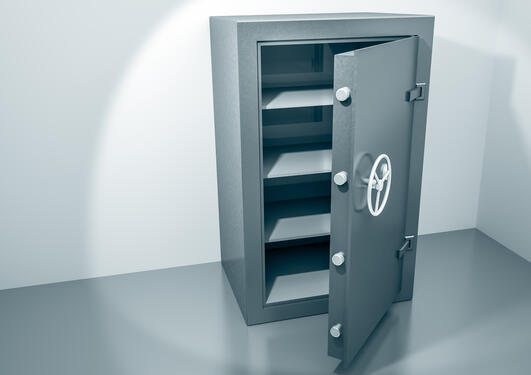PAYE
Most foreign workers who are new in Norway will automatically become part of a voluntary tax scheme called PAYE (Pay As You Earn) when you apply for a tax deduction card. Under this scheme, you are taxed at a fixed percentage that your employer deducts from your salary.
If you are part of the PAYE scheme, your tax is completed after your salary has been paid to you. You do not submit a tax return, nor do you receive a tax assessment notice. Instead, you’ll receive a receipt for PAYE tax, which shows how much salary and tax your employer has reported to the Tax Administration for the work you did last year.
To be able to stay on this scheme, you need to meet some criteria. It is important that you check if you meet all the requirements, even if you are automatically a part of the scheme.
You cannot be a part of this scheme if you are going to be working from outside of Norway for more than 1 month. If you have a secondary position, you cannot be a part of this scheme when you are in Norway.
You can read more about this scheme here.
Ordinary tax
General tax in Norway is calculated according to a tax rate that varies based on how much you earn during the year. The tax rate is adjusted according to your income and deductions. If you earn less, you pay less tax, and if you earn more, you pay more tax.
If you pay tax under the general rules, you’ll get a tax return the year after you’ve worked. The tax return is, amongst other things, a summary of your income. In your tax return, you can claim deductions for expenses you’ve had in connection with your work in Norway. After you’ve received your tax return, you’ll receive a tax assessment notice. The tax assessment notice will show whether you’ve paid too much or too little tax. If you’ve paid too little tax, you must pay what you owe. If you’ve paid too much tax, you’ll receive a refund in your bank account.
Which scheme should I choose?
If you are unsure of which scheme to use, you can calculate how much tax you would pay under the general tax rules, using the tax calculator. To find out which deductions you’re entitled to, you can use the deduction wizard.



